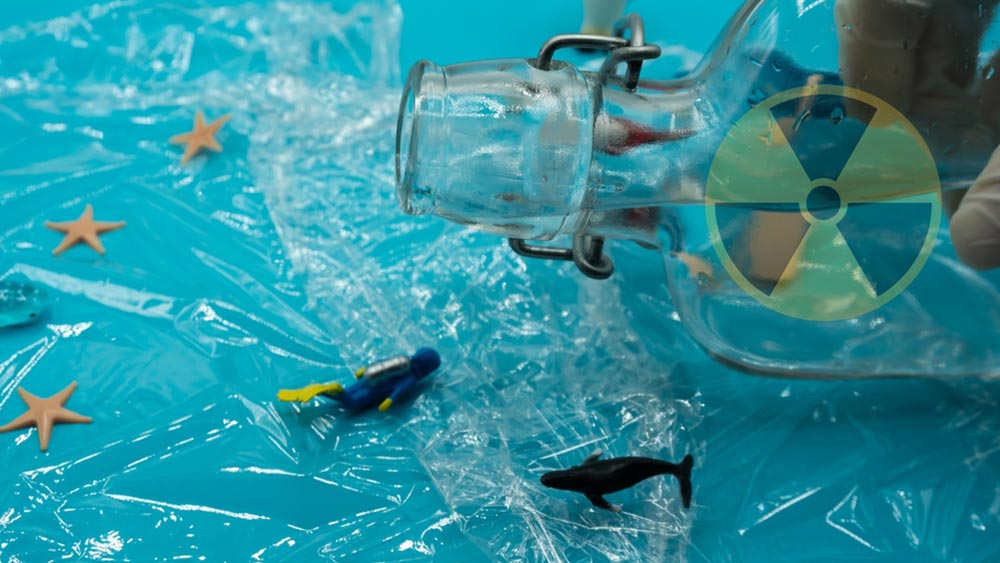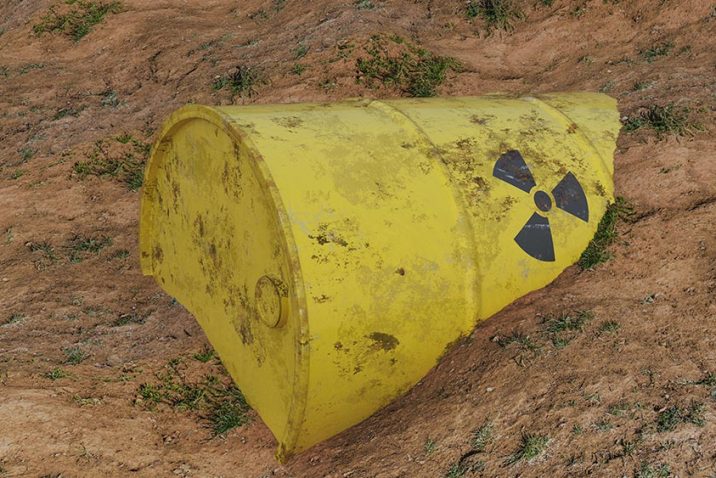In a move that sparked national and international outcry, the Japanese government announced plans to commence the release of ALPS-treated, albeit still contaminated, water from the Fukushima Daiichi nuclear power plant into the ocean as early as...
More than ten years have passed since the disaster at the Fukushima Daiichi nuclear power plant. It was triggered by a magnitude 9.0 earthquake and tsunami, which killed nearly 20,000 people. The second-worst nuclear disaster in history caused...
Avoiding the worst effects of climate change means Japan and other countries must transition away from fossil fuels to alternative energy sources. There has been a bigger push for green energy such as wind and solar. However, there are also...
Before the Fukushima nuclear accident in 2011, 11% of Japan’s energy was supplied by nuclear power, while fossil fuels supplied 80%. Nuclear power lost most of its share after the nuclear accident, and consequently, dependence on fossil fuels...
Safety concerns are the main factor of the public image of nuclear power. This is not only limited to its underdeveloped waste management system but also traumatic nuclear accidents in the past. Nuclear waste can stay active for hundreds of...
Nuclear waste refers to the byproducts of nuclear reactors. One of the biggest challenges of a nuclear power plant is how to manage this spent fuel after the power has been generated. Spent nuclear fuel is dangerously radioactive and has the...







